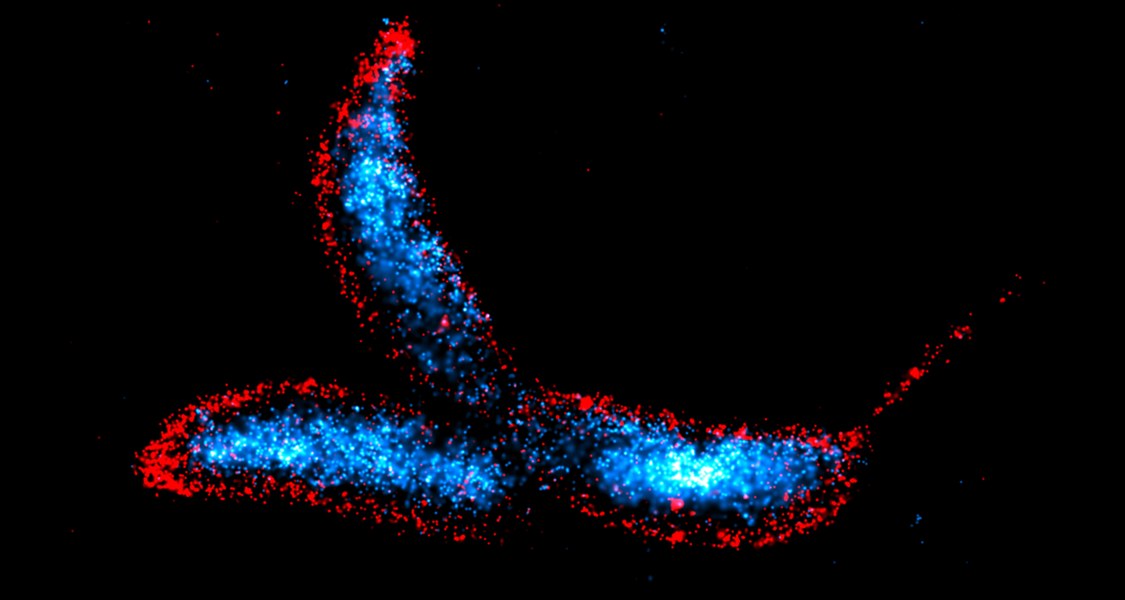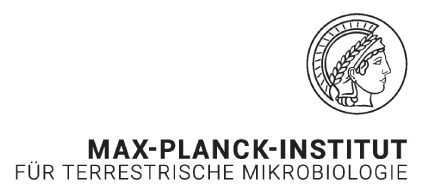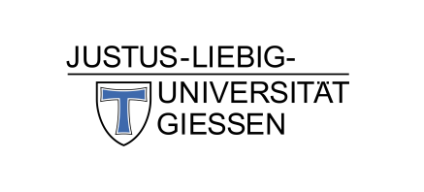24.07.2023 A new Achilles heel of the bacterial cell wall
How a single regulatory protein acts as a multi-tool of bacterial cell wall remodeling

The bacterial cell wall must be constantly remodeled in order to grow and divide. This involves the close coordination of lytic enzymes (autolysins) and peptidoglycan synthesis. Researchers led by Prof. Dr. Martin Thanbichler have now found that a central regulator can control completely different classes of autolysins. Since many antibiotics target the bacterial cell wall, these findings may contribute to the development of new therapeutic strategies against bacterial infections.
Find out more on the MPI website. Link to the article
Die bakterielle Zellwand ist einem ständigen Umbau unterworfen, um Zellwachstum und -teilung zu ermöglichen. Dazu muss die Aktivität der Zellwand abbauenden Enzyme (Autolysine) eng mit der Neubildung des Grundbausteins Peptidoglykan abgestimmt werden. Forschende haben nun herausgefunden, dass ein zentraler Regulator ganz unterschiedliche Klassen von Autolysinen steuern kann. Da zahlreiche Antibiotika gegen die bakterielle Zellwand gerichtet sind, könnten die Ergebnisse dazu beitragen, neue therapeutische Strategien gegen bakterielle Infektionen zu entwickeln.
Lesen Sie mehr auf der MPI Webseite. Link zum deutschsprachigen Artikel


